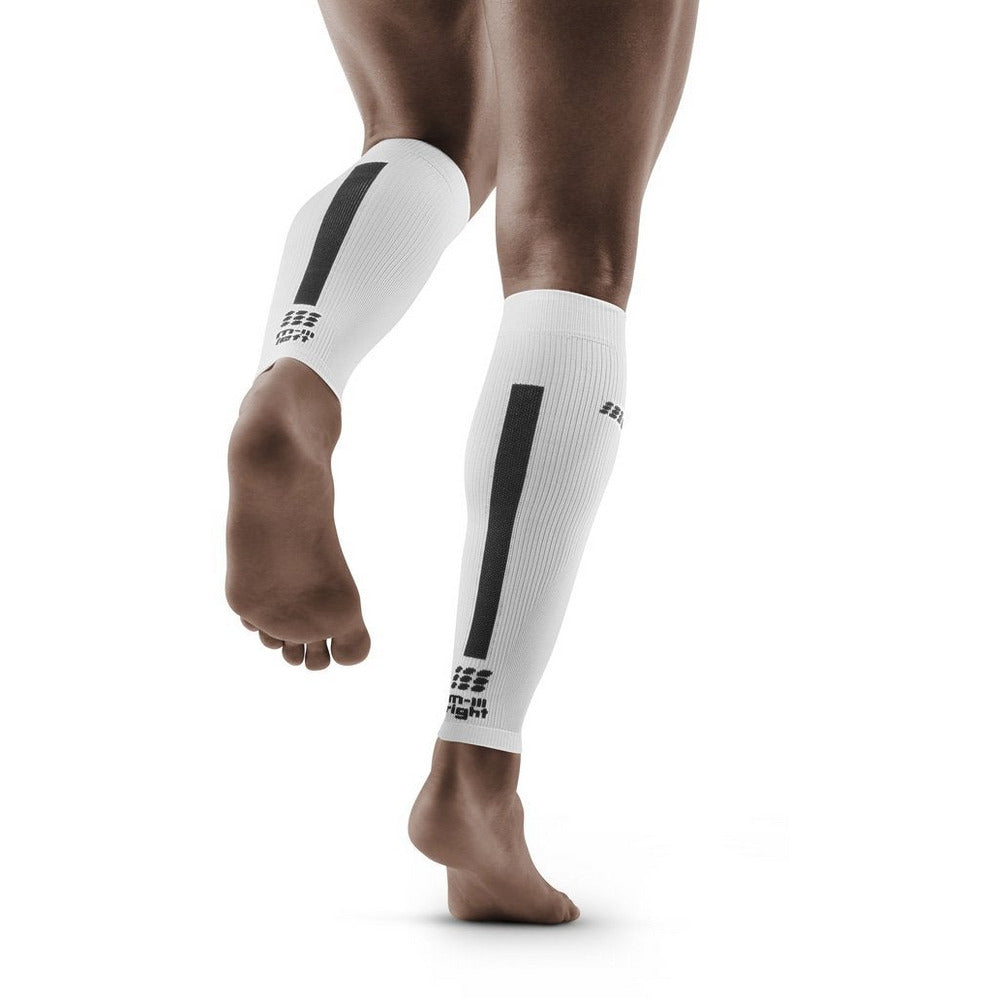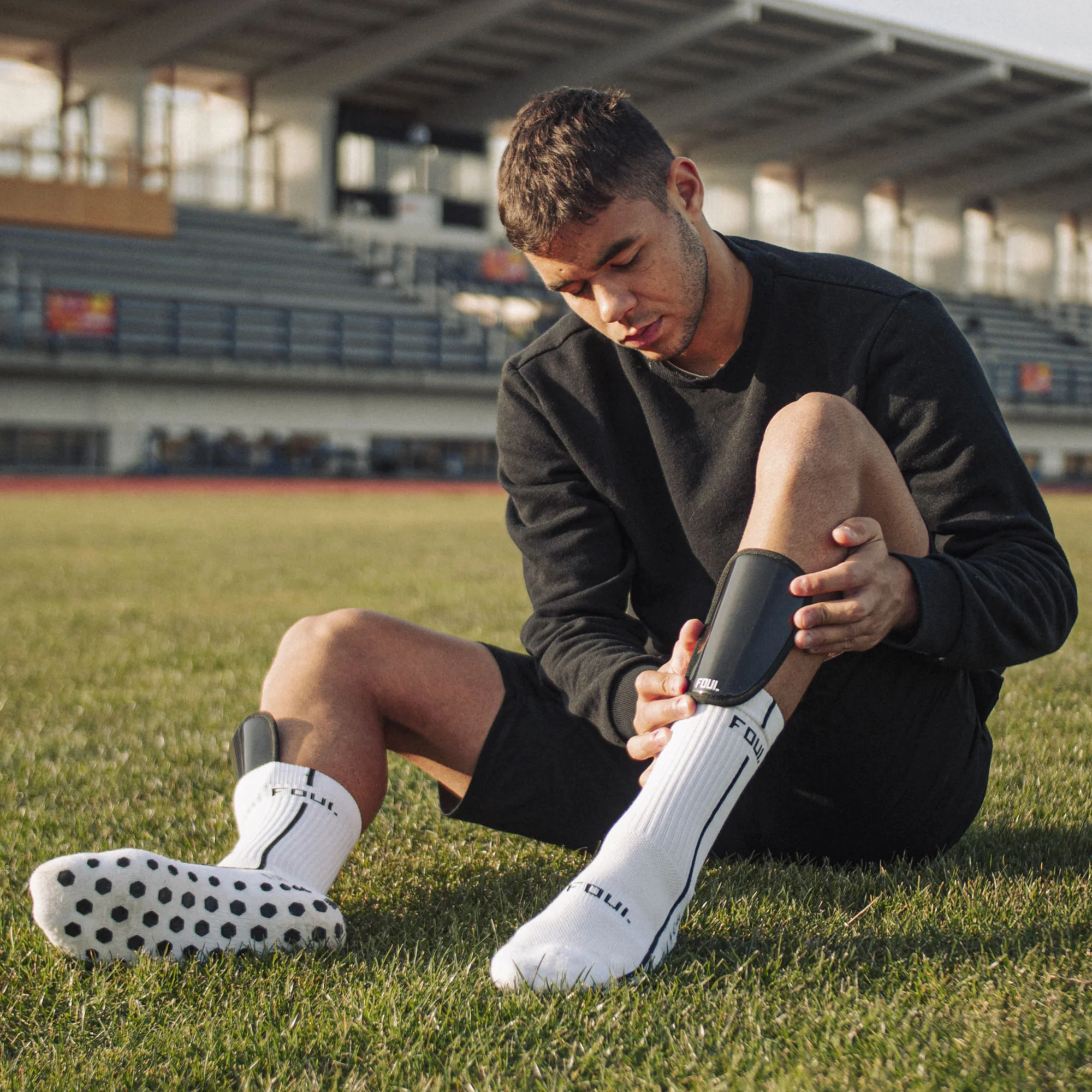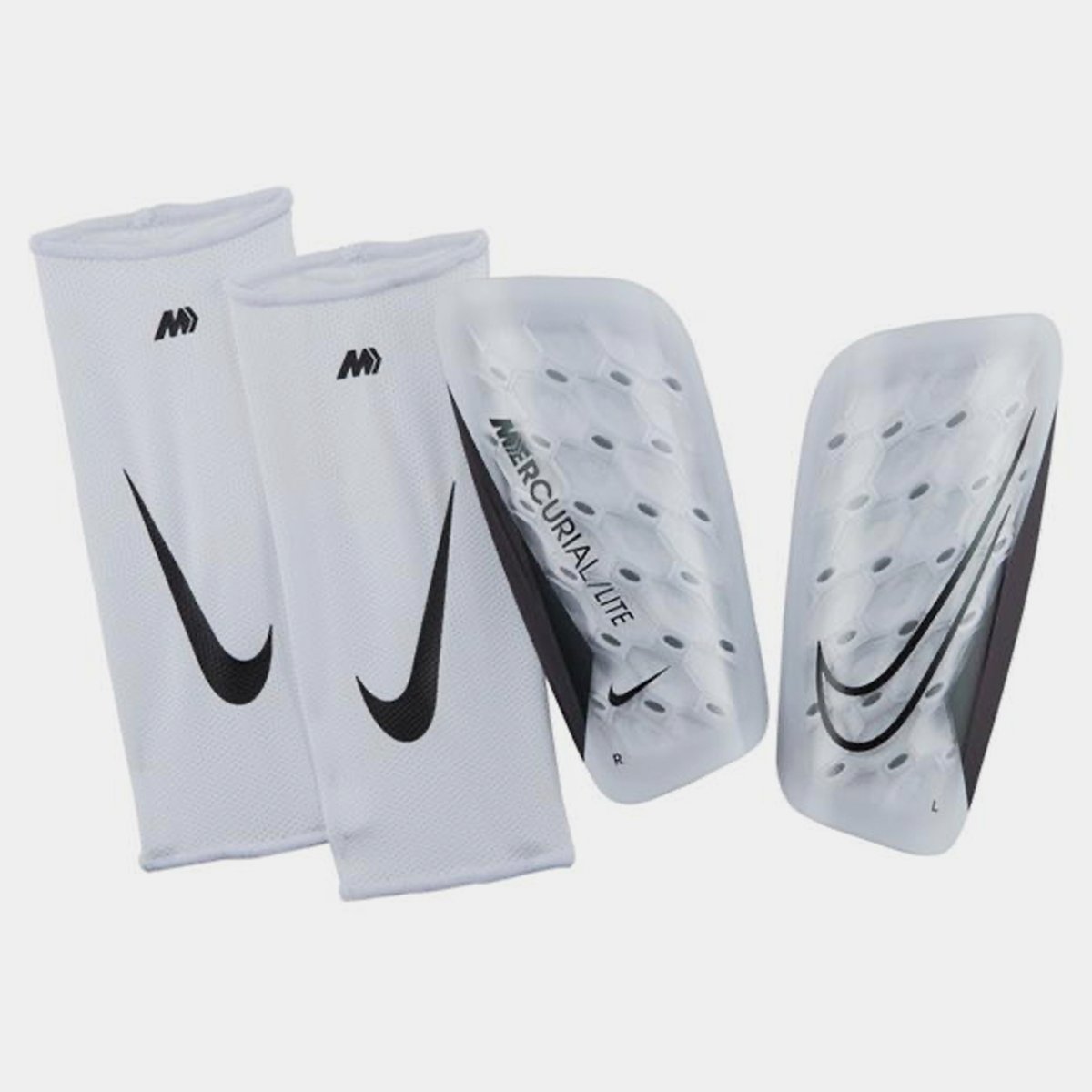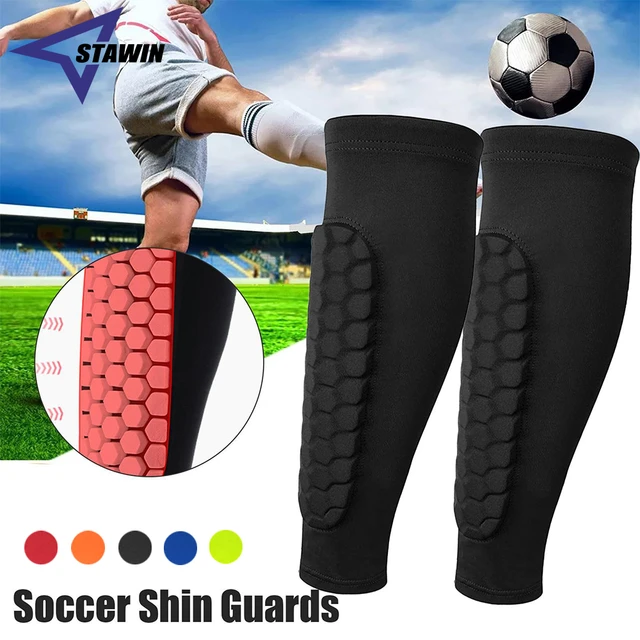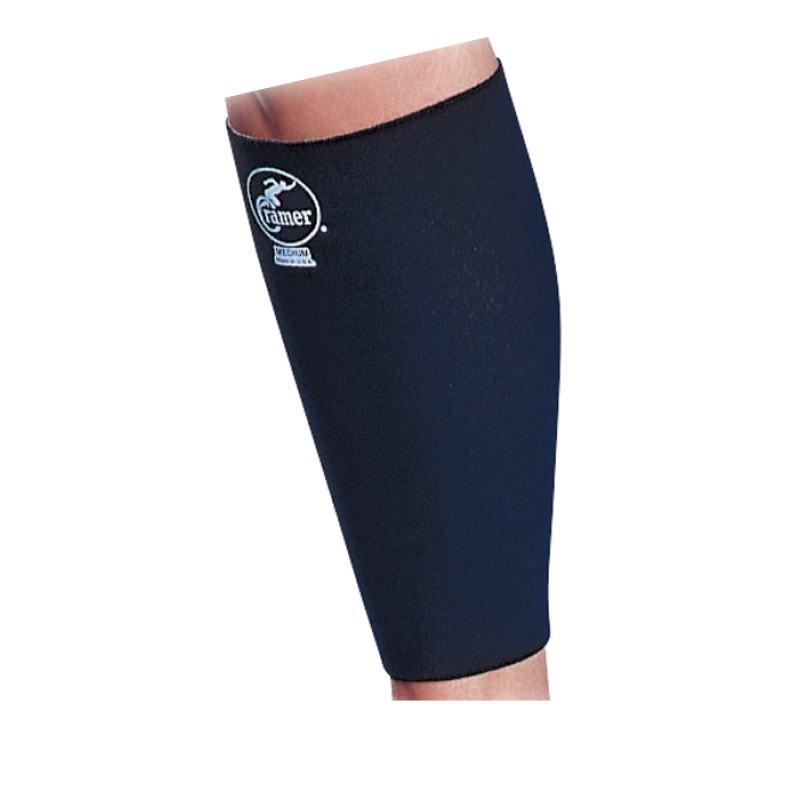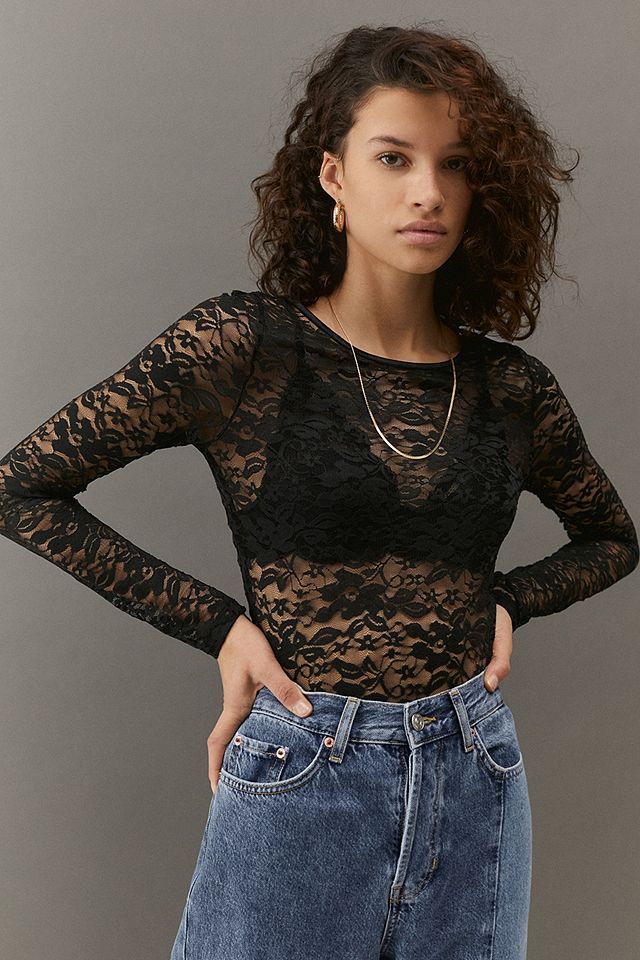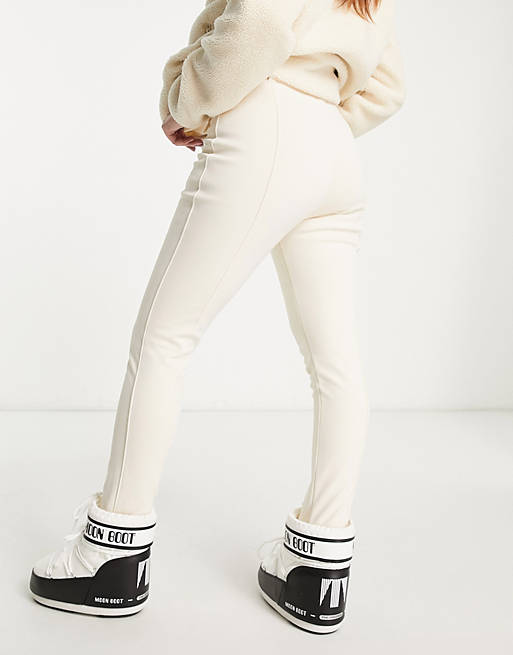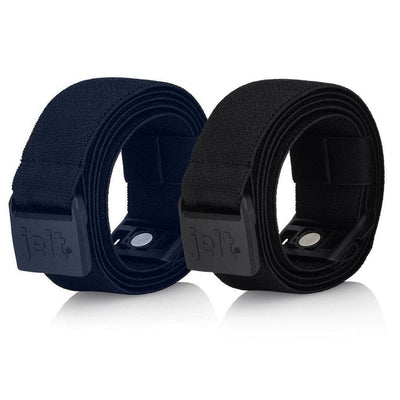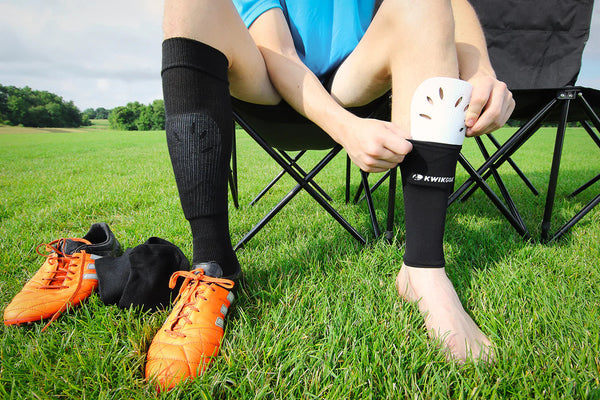
How To Properly Use Shin Guards For Soccer - Goal Kick Soccer
Shin guards are an essential piece of equipment for soccer players, as they protect the shin and lower leg from impact and injury during games and practice. However, simply owning a pair of shin guards is not enough; it is important to wear them properly to ensure maximum protection and comfort. In this article, we will discuss how to properly use shin guards for soccer. Choose the right size The first step to properly using shin guards is to choose the right size. Shin guards come in various sizes, from youth to adult, and it is important to choose a size that fits snugly around the lower leg. If the shin guards are too loose, they will not provide adequate protection, and if they are too tight, they will be uncomfortable to wear. To find the right size, measure the
If you love soccer, you’ll love our one-of-a-kind soccer shop online! We offer discounted soccer cleats, jerseys and so much more! Shop with us today.
Shin guards are an essential piece of equipment for soccer players, as they protect the shin and lower leg from impact and injury during games and practice. However, simply owning a pair of shin guards is not enough; it is important to wear them properly to ensure maximum protection and comfort. In this article, we will discuss how to properly use shin guards for soccer.
Choose the right size
The first step to properly using shin guards is to choose the right size. Shin guards come in various sizes, from youth to adult, and it is important to choose a size that fits snugly around the lower leg. If the shin guards are too loose, they will not provide adequate protection, and if they are too tight, they will be uncomfortable to wear.
To find the right size, measure the circumference of the widest part of your calf and refer to the manufacturer's size chart. Most shin guards are labeled with a size range, such as small, medium, or large, so be sure to choose a size that falls within your measurement range.
2.Wear the right socks
Before putting on your shin guards, make sure you are wearing the right socks. Soccer socks are designed to be worn over the shin guards and should be long enough to cover them completely. This helps keep the shin guards in place during play and prevents them from slipping down or shifting around.
Choose socks that are specifically designed for soccer and are made from a breathable material that wicks moisture away from the skin. Avoid wearing cotton socks, as they tend to retain moisture and can cause discomfort during play.
3.Position the shin guards correctly
Once you have the right size shin guards and socks, it's time to put them on. To properly position your shin guards, place them on the front of your lower leg, just below the knee. The top edge of the shin guards should be about one inch below the bottom of your kneecap.
Next, pull your soccer socks up over the shin guards, making sure they cover the entire length of the shin guards. The socks should be snug, but not too tight, as this can restrict blood flow and cause discomfort.
4.Secure the shin guards
To ensure your shin guards stay in place during play, it's important to secure them properly. Most shin guards come with straps or sleeves that wrap around the leg and hold them in place.
If your shin guards have straps, wrap them around your leg and adjust them until they feel snug. Make sure the straps are not too tight, as this can restrict blood flow and cause discomfort.
If your shin guards have sleeves, simply slide them over your leg and adjust them until they feel snug. The sleeves should be tight enough to hold the shin guards in place, but not so tight that they cut off circulation.
5.Check for proper fit
Before hitting the field, take a few minutes to check that your shin guards are properly positioned and secure. Make sure they cover the entire length of your shin and are snug, but not too tight.
Do a few practice kicks and jumps to make sure the shin guards stay in place and do not shift around during play. If they feel loose or uncomfortable, adjust the straps or sleeves until they fit properly.
Replace damaged or worn-out shin guards Over time, shin guards can become damaged or worn out from use. If you notice any cracks, dents, or other signs of damage, it's important to replace them immediately.
Worn-out shin guards can also lose their protective properties and may not provide adequate protection during play. As a general rule, shin guards should be replaced every season or whenever they become damaged or worn out.
In conclusion, properly using shin guards is essential for soccer players of all ages and skill levels. By choosing the right size, wearing the right socks

Law 16 - The Goal Kick
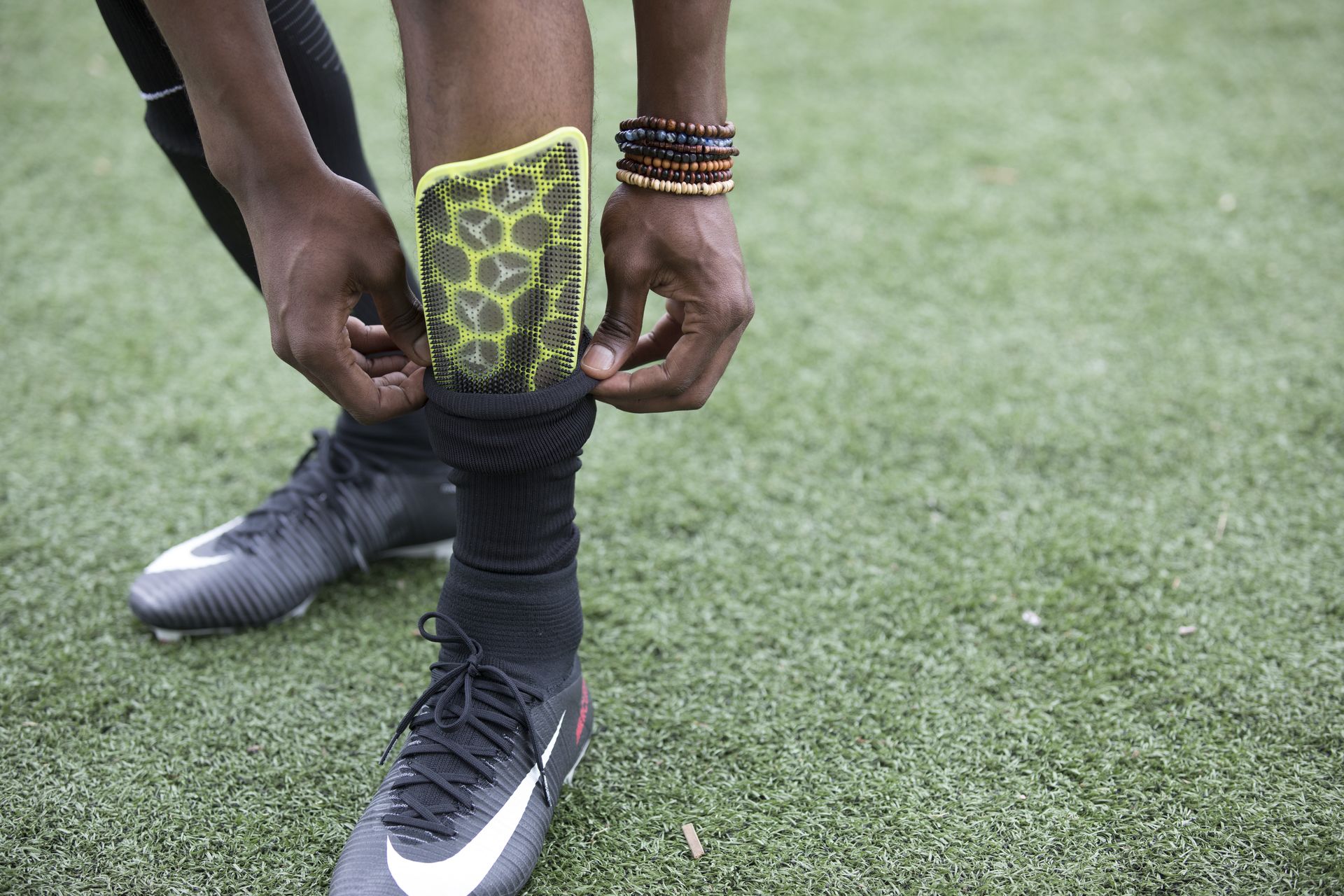
How to Clean Shin Guards
The 15 Most Common Soccer Injuries

soccer cleats and shein guards - Footwear

Law 17 - The Corner Kick
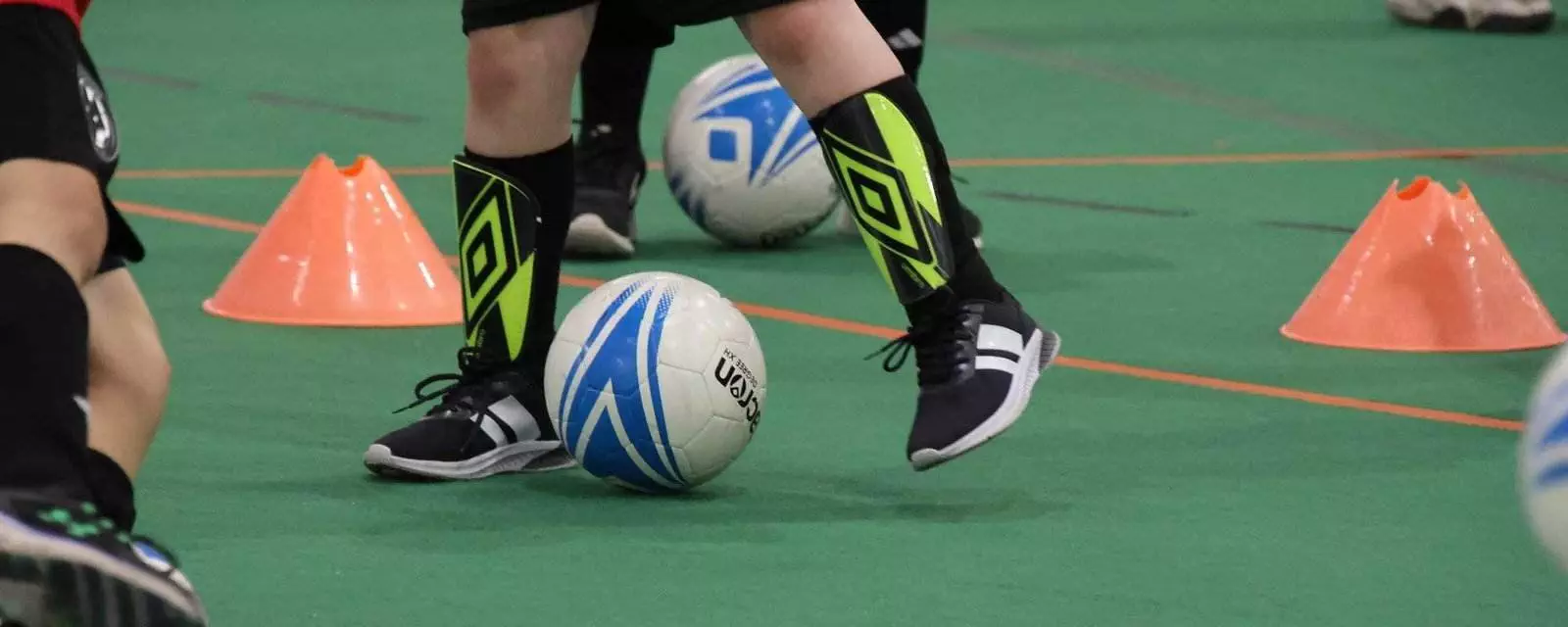
Safeguarding Their Game: The Importance of Soccer Shin Pads Indoors

How To Wash Shin Guards The Right Way
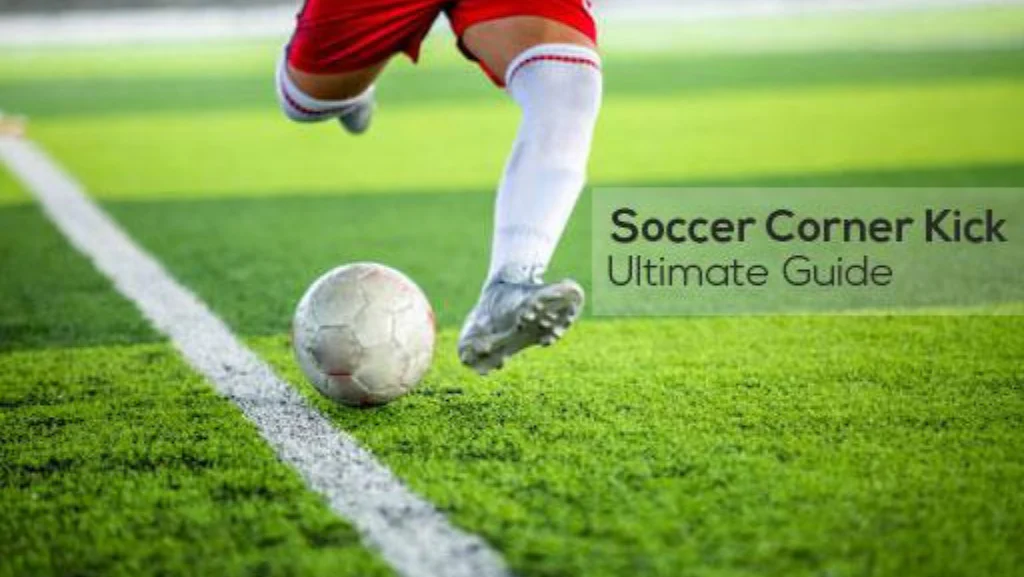
The guidelines for a corner kick in soccer – Vizari Sports
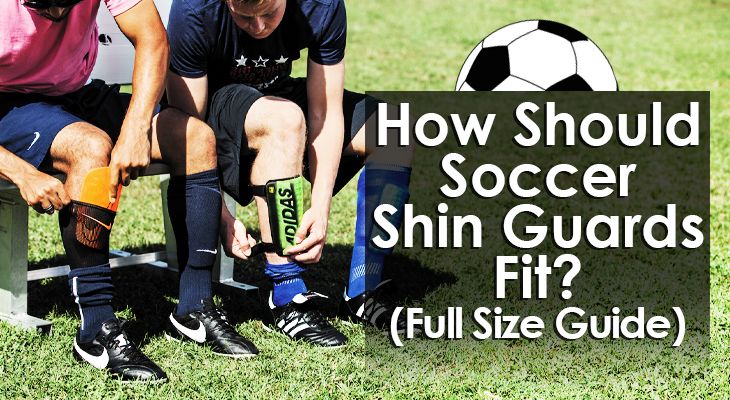
How Should Soccer Shin Guards Fit? (Shin Guard Size Chart)
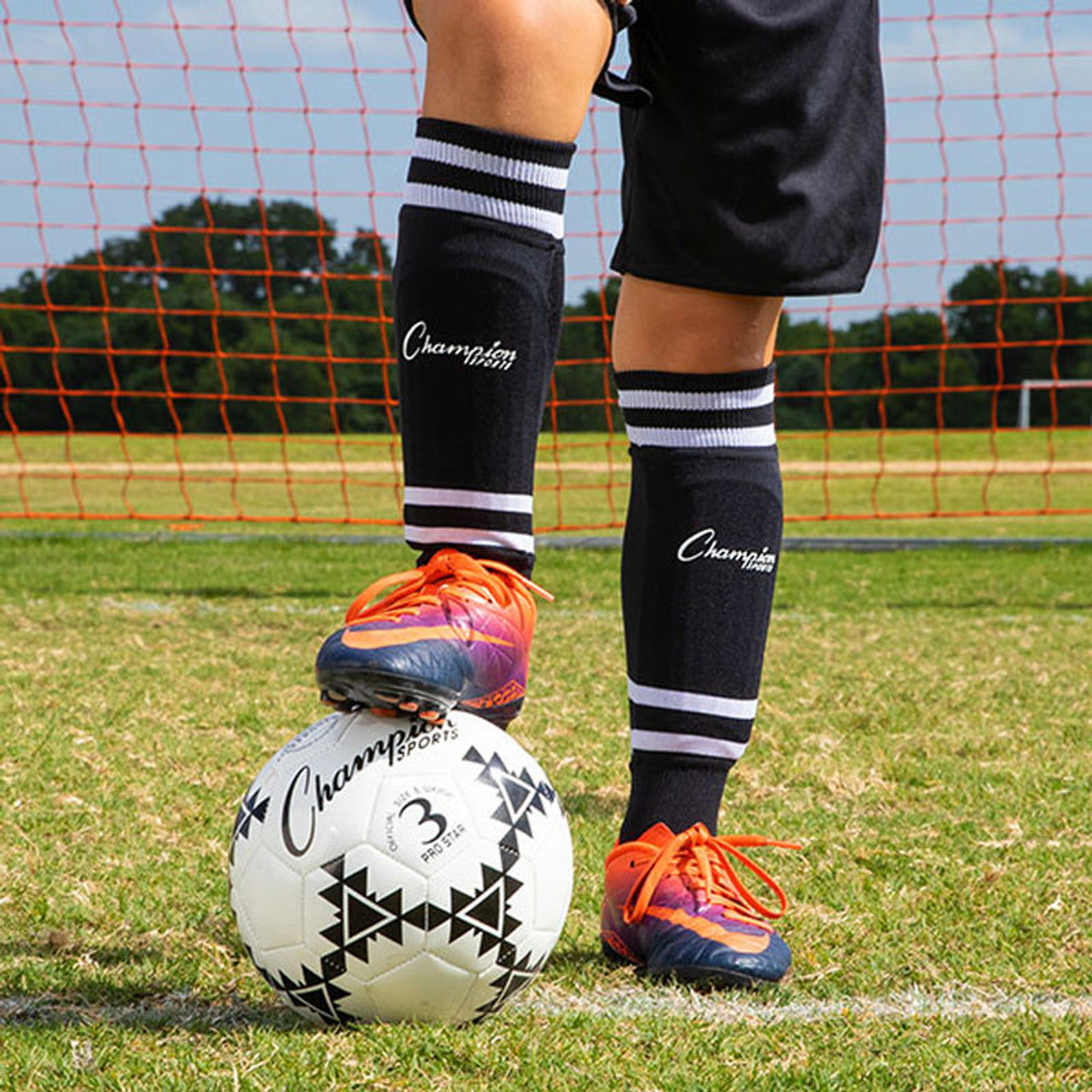
soccer cleats and shein guards - Footwear
